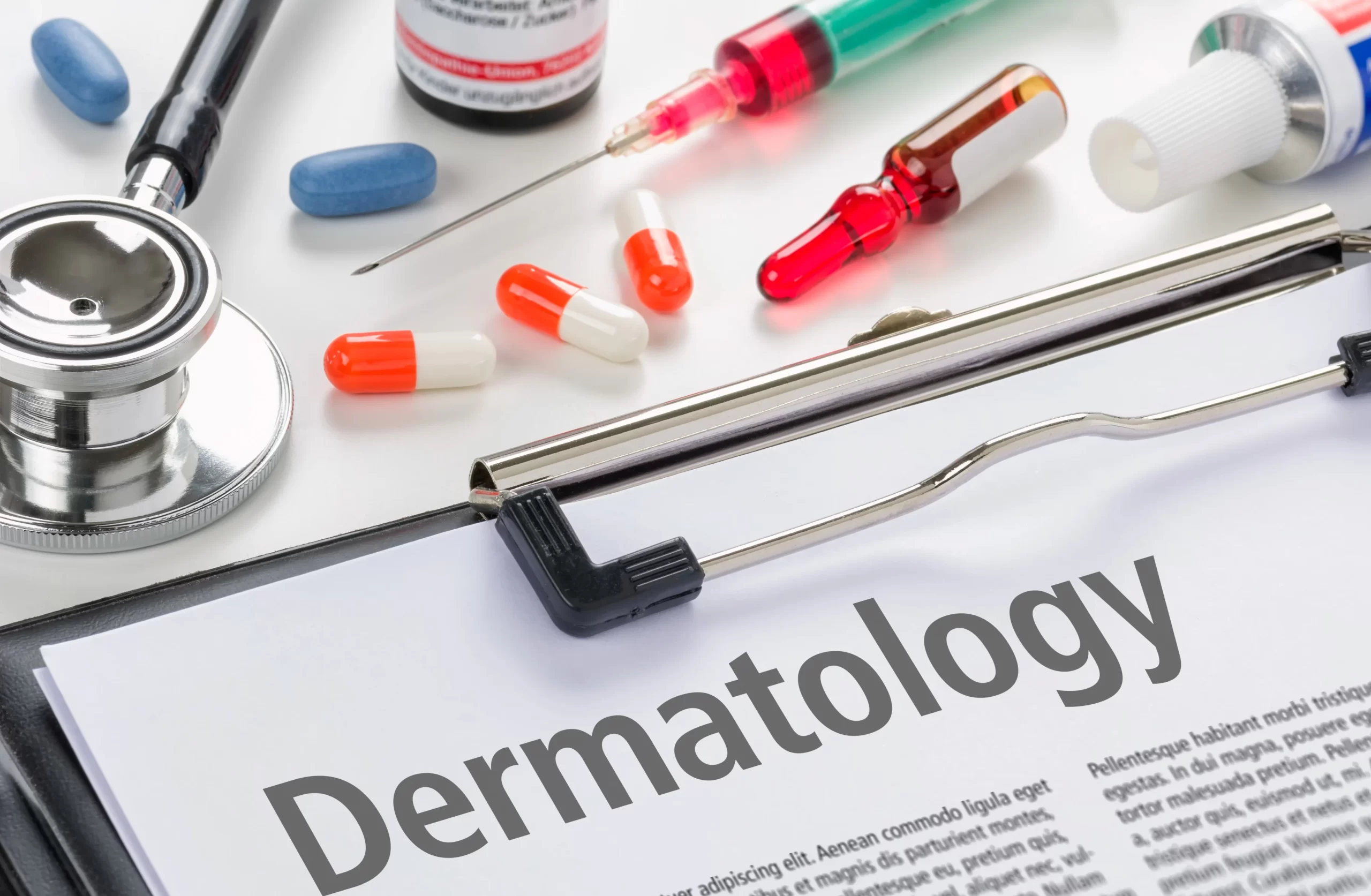Chronic dermatological conditions, notably acne vulgaris, androgenetic alopecia (AGA), and alopecia areata (AA), represent a significant burden worldwide, affecting hundreds of millions of individuals and substantially impairing quality of life. Acne alone ranks among the leading causes of disability-adjusted life years (DALYs) in adolescents and young adults, affecting approximately 231 million people at any given time. Similarly, AGA is highly prevalent, potentially affecting up to 80% of European men over their lifetime, and AA is an autoimmune form of hair loss characterized by frequent relapse.
Despite available treatments—such as systemic retinoids and JAK inhibitors—therapeutic responses often remain heterogeneous, and relapse is common. Conventional trial data frequently fail to predict individual patient outcomes. This marked variability, coupled with concerns regarding side effects (e.g., teratogenicity for retinoids, sexual effects for 5-α-reductase inhibitors, and high relapse rates upon discontinuation of JAK inhibitors), underscored a critical need for individualized treatment approaches. Therefore, human genetics was considered as the potential solution. Genetic insights offer a framework to dissect this inherent variability, clarify the underlying mechanisms, and provide the foundation for precision-oriented interventions. By mapping risk alleles to tractable biological pathways, genetics moves beyond an abstract catalogue of risk to offer a guide for biologically grounded stratification.
Key Findings
The research clarified the underlying biological architectures of the three conditions and revealed points of mechanistic convergence:
• Alopecia Areata (AA) is dominated by immune and antigen-presentation pathways:
◦ The primary hub of risk is located within the HLA class II region, specifically HLA-DR, with multiple independent signals influencing peptide-binding residues.
◦ Non-HLA loci implicate immune-regulatory pathways, including BCL2L11 (apoptosis control) and LRRC32 (regulatory T cell function).
◦ This architecture establishes interferon-γ/JAK–STAT signalling as a central driver, explaining clinical efficacy of JAK inhibitors.
• Androgenetic Alopecia (AGA) is characterized by endocrine and morphogenetic pathways:
◦ The strongest associations are found at the androgen receptor (AR) locus and genes related to 5-α-reductase activity (e.g., SRD5A2).
◦ Risk loci map heavily to WNT/TGF-β regulators (WNT10A, LGR4, RSPO2, DKK2), which explains follicular miniaturisation.
◦ AGA is highly polygenic, and polygenic risk scores (PRS) can already stratify risk with clinically meaningful discrimination (e.g., between no, moderate, and severe hair loss).
• Acne Vulgaris is defined by an immune–morphogenesis–lipid triad:
◦ Risk loci are concentrated in genes related to follicle morphogenesis and repair (e.g., TGFB2, WNT10A, LGR6, LGR5).
◦ Genetic data links susceptibility to sebocyte lipid metabolism, evidenced by loci like FASN (fatty acid synthase) and FADS2 (sapienic acid synthesis).
◦ Genes related to barrier function (FLG, OVOL1), initially studied in atopic dermatitis, emerge as modulators of inflammatory thresholds in acne.
• Cross-Disease Convergence is seen in key biological axes:
◦ WNT/TGF-β morphogenesis is a shared layer that conditions how external triggers translate into tissue outcomes in both acne and AGA.
◦ Apoptosis control (BCL2L11) links AA (immune privilege collapse) and AGA (follicular cycling).
◦ Barrier and keratinisation pathways are increasingly recognized as modulators, setting the activation threshold for inflammation across acne and related phenotypes.
The future implication of this work is the ability to embed these genetic insights into precision dermatology. The findings guide the development of mechanism-matched interventions. For AA, the focus will be on long-term control strategies, including using HLA-informed stratification and biomarkers of IFN-γ/IL-15 activity to manage chronic disease and relapse. For AGA, genetic profiling will allow clinicians to select therapies based on whether the patient has a dominant androgen burden or a WNT/TGF-β morphogenetic profile, optimizing choices between endocrine and regenerative strategies. In acne, the genetic triad supports combination therapies focused on lipid modulation, barrier repair (e.g., ceramide-dominant moisturizers), and innate immune targeting. Ultimately, the long-term vision is the integration of genetic predisposition scores with dynamic state readouts (like lipidomics or immune monitoring) to ensure that anti-androgens, retinoids, and JAK inhibitors are tools deployed in the right patient, at the right time, with supportive cosmetic regimens aimed at prolonging remission.
Link to the study: https://www.mdpi.com/2079-9284/12/5/228


